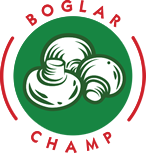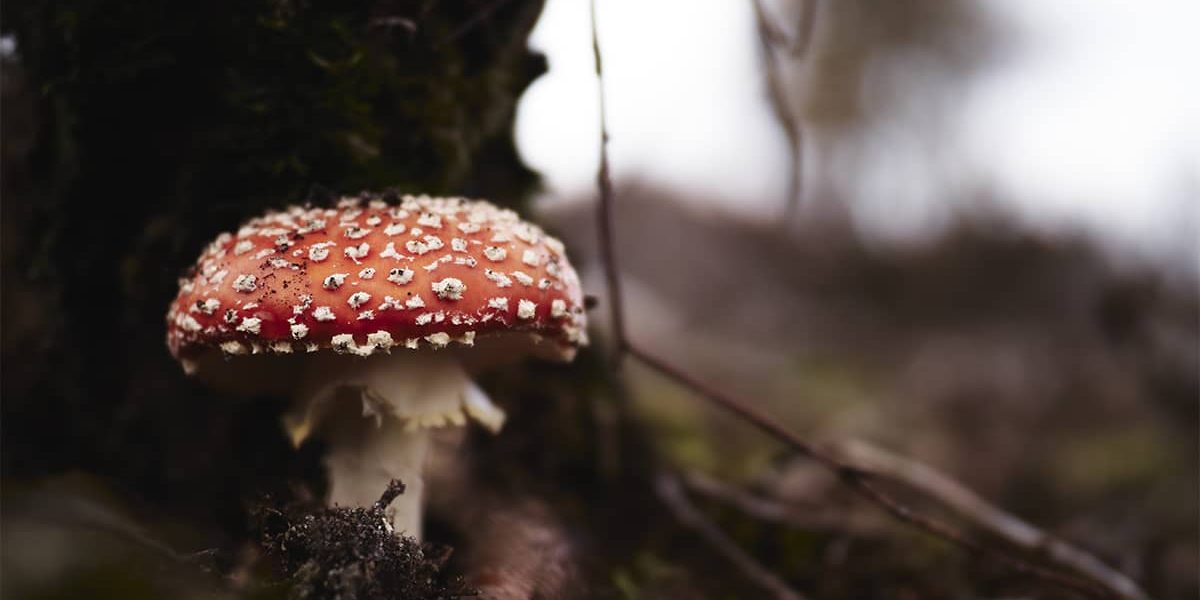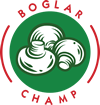Even as children we have involuntarily faced the fact that some mushrooms have countless health benefits, while inedible mushrooms can be very dangerous to us – let’s just think about the adventures of Mario and Luigi, who could collect different mushrooms throughout the game, each with different effects: some of them made them bigger or gave them an extra life, while others made them sick. Eventually they – and we – learned that not all mushrooms are edible, which is why we should always examine them with attention and avoid the ones we don’t know.
Because we wish to avoid the mushroom trap so that we don’t end up like Mario and Luigi, we have collected some of the more popular myths regarding good and bad mushrooms, which can help us make the most out of this superfood, while avoiding the potential unpleasant consequences of mushroom poisoning.
- Snails don’t eat poisonous mushrooms
Different mushroom species have different types and quantities of toxins in them, and also the bodies of different beings can react in many ways to these substances. This is why snails or other animals can eat poisonous mushrooms, even though that doesn’t make them appropriate for consumption by humans. In many cases, animals can even eat the mushrooms that are most dangerous for people, such as the death cap.
We should never trust that a mushroom can be safely eaten by people just because it isn’t dangerous for animals!
2. The flesh of poisonous mushrooms changes color when injured
In certain mushroom species, a change of color occurs in the flesh where they are cut, broken, or damaged in any way, but there are also species in which this doesn’t occur. Moreover, this change in color is not at all specific for poisonous mushrooms, as edible ones can also change color due to damage, while many poisonous ones do not.
For example, the flesh of edible champignons slightly turns red, while the flesh of the poisonous, unpleasant-tasting, and bad-smelling yellow-stainer turns yellow. Champignons turning yellow is only dangerous when combined with a bad, chemical-like smell, as even the horse mushroom can turn yellow, but has a pleasant scent and is edible. In contrast, death caps remain white in all circumstances.
3. The toxins break down after cooking
There are several edible mushrooms that are poisonous if eaten raw, but can be consumed after being thoroughly prepared. Yet many mushroom toxins resist heat treatment, therefore some poisonous mushrooms remain inedible even after being thoroughly cooked.
You should not try to detoxify your mushrooms by changing the cooking water several times, as they can still lead to poisoning because the type and amount of toxins varies from one species to the other.
4. All mushrooms that smell and taste good are edible, while all mushrooms with unpleasant smells and taste are poisonous
Relying on the smell of mushrooms is not safe, even though some have a bad enough smell for us never to even consider eating them. Such mushroom is the yellow-stainer, which is both bad-smelling and poisonous. However, there are certain species with neutral odor or no smell at all, which doesn’t necessarily mean they can’t be poisonous.
Some say that even death caps have a good, rather spicy taste, yet we should not push our luck when it comes to them. Nonetheless, not all spicy mushrooms are poisonous. Inocybes often have a pleasant, fruity scent, while being poisonous.
5. Spotted mushrooms are the most poisonous
Perhaps the most well-known type of poisonous mushroom is the fly agaric, easily recognized from cartoons and images having a brown or red cap with white spots on it, while it is not the most poisonous type. The death cap doesn’t have spots on it, yet it is known to be much more dangerous.
6. Poisonous mushrooms make silver spoons turn black
The appearance of black stains on silverware doesn’t have anything to do with a mushroom being poisonous or not. Instead, it happens due to a chemical reaction: a thin layer of sulfur forms on the metal, causing it to turn black. This doesn’t only apply to mushrooms, but for any food that has gone bad since that is when sulfide ions appear in larger quantities. This is why fresh, but poisonous mushrooms will not make your silver spoon turn black, while a meal made from edible mushrooms that have gone bad, will.
We hope that debunking these myths was helpful for mushroom lovers, but anyone who decides to pick mushrooms must get them checked by an expert before cooking them.
However, if you would rather choose the safer way, you will find our delicious Boglar Champ mushrooms on the shelves of most supermarkets.
If you don’t know how to begin cooking mushrooms, read our article about the correct way to prepare them here.






